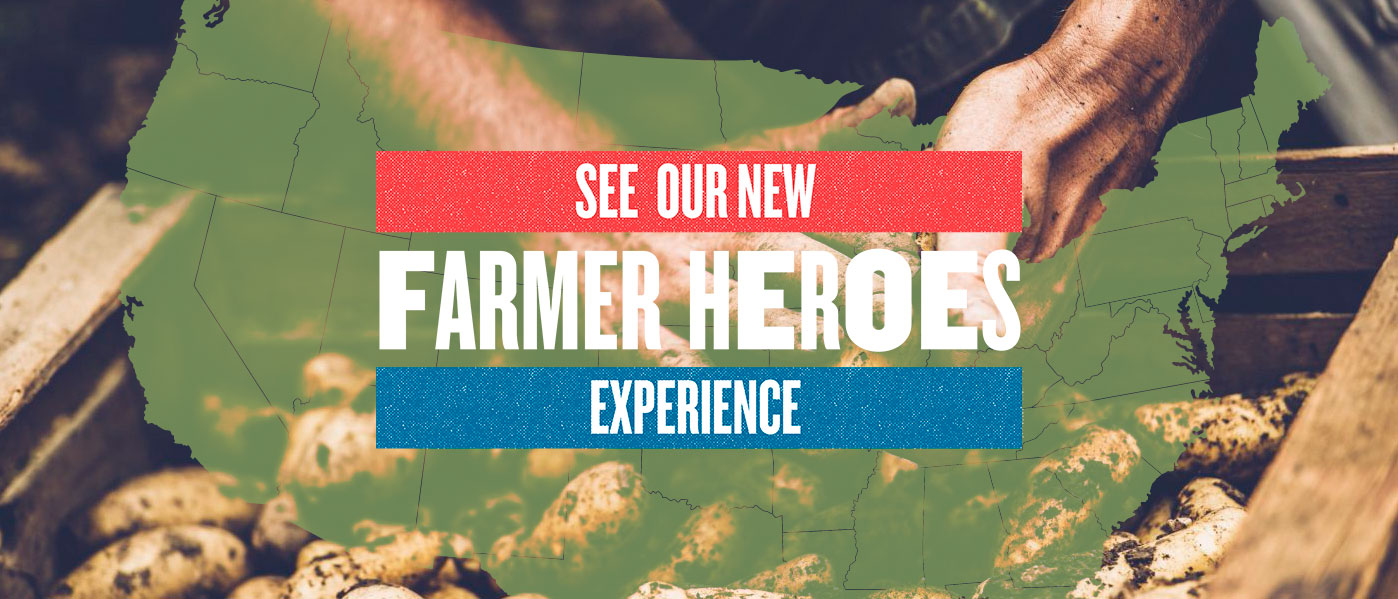Philadelphia, Pa.

In 1996, the only things that multiplied on a one-acre vacant lot in the Kensington neighborhood of Philadelphia were tossed beer bottles and old tires. Weeds grew up all over, and for many years it had been an eyesore for the community. All that began to change in 1997 when Mary Seton Corboy, a pioneering urban farmer, decided to turn the land into a green oasis in the middle of the city, providing fresh food and flowers to the community.
“In 1997 people here thought I was crazy,” said Mary. “What we proposed to do was brand new – no one was doing this kind of farming in urban areas, especially on a site with such environmental history.” As a new urban farmer, Mary was challenged to make the project a self-sustaining business. She devised a business plan that eventually incorporated a spring nursery, CSA (Community Supported Agriculture), a farm stand and direct sales to restaurants. Now in their 9th year, the farm provides the neighborhood with much more than flowers and food.
Mary incorporated a program that meets the needs of seniors, carting farm-fresh produce in wagons around the corner to the senior center. She also started a two-year internship for students from Saul High School, Philadelphia’s vocational agriculture high school, to introduce them to all aspects of the farm operation. “I wanted to bring kids into the project to get some hands-on experience on an urban farm so that they could see if they liked it enough to pursue it as a career.” The kids in the program work every day during the summer months and throughout the after-school hours during the academic year.
To grow healthy food on what was once an EPA-designated Brownfield, Mary had her work cut out for her. She designed and built 100 feet x 15 feet raised beds and filled them with organic soil. “Hoop houses,” which extend the growing season and help control pests, cover the beds. Some of the food is also grown using hydroponic methods – that is growing without dirt. “Growing hydroponically is water efficient and it gives us a great product. The nutrients plants need to grow come through the water rather than being taken from the soil.”
“I wanted to bring kids into the project to get some hands-on experience on an urban farm so that they could see if they liked it enough to pursue it as a career.”
While there are many differences between farming a 1-acre urban farm and a 1000-acre farm in the countryside, Mary shares many of the same challenges of all farmers. “Getting everything in on time in spite of the weather, paying a decent wage to my employees, and making ends meet at the end of the season are always a big challenge,” said Mary.
But the rewards are many. “The biggest reward? At the end of each day as I look at this place, remembering what it used to look like before we began, I know that we’ve not only turned this site into a vibrant urban farm, but that the community sees us as one of its own.”
Date: 8/17/2006


